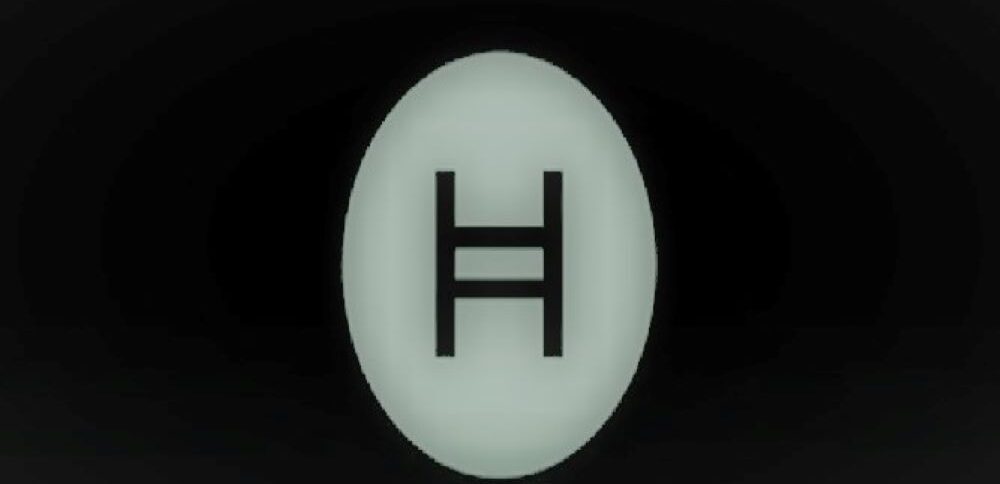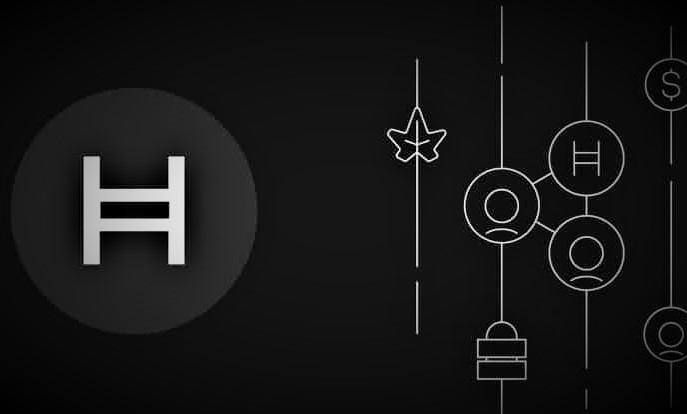
Introduction of Hedera cryptocurrency
Hedera is a public network for a decentralized world that allows developers to build decentralized applications (DApps). The project is designed to be an efficient system that overcomes some of the limitations faced by older blockchains.
It was founded by Leemon Baird and Mance Harmon in 2019. Baird is recognized as the creator of the distributed hashgraph verification algorithm and currently works as the chief scientist of Hedera. Harmon is the CEO of Hedera, an experienced technologist and an experienced entrepreneur.
Hedera is not built on the blockchain. It is built on something called “Hashgraph”. It is a novel and has many blockchain features. It solves many of the same problems and serves many of the same purposes, but it does so in a different way than traditional blockchains.
In a blockchain, each block contains data, and the chain means that each block must have a previous block and the next one. Hashgraph uses something called A DAG (graphed acyclic graph).
Think of a DAG as a group of computers talking to each other about their transactions with nearby computers. Think about gossip among colleagues.
Using this information, the computer believes what the ledger (transaction history) is and what data should be stored in it. Instead of strings, consider the web. To imagine it working, think like this.
You have 5 people in the network. Everyone can relate to everyone else. Every time they exchange information, it’s an event. Each episode contains a bunch of information which includes; timestamp, signature, transaction and hash x 2. Two hashes allow the network to see a complete history of how the event passed through the network.
Why Choose Hedera?
Hedera Hashgraph is one of the lesser-known cryptos that is entering the mainstream. The company behind the project, Hedera, seeks to solve the world’s business problems with blockchain.
This project can be known for the donation and organization of the community without a smart contract, which makes it similar to Ethereum, Polkadot and Cardano, but Hedera Hashgraph is still unique. Hedera’s mission is to become “the new standard for the global token economy”. Part of this goal will be greatly achieved if central banks around the world launch their CBDC on the Hedera blockchain.
In the meantime, this project has continued to move forward to achieve its goals. In February, Standard Bank Group, Africa’s largest bank, announced a partnership with Hedera Hashgraph.
The partnership will see blockchain services helping banks to solve problems related to the development of cross-border trade. By using the Hedera blockchain, Standard Bank aims to reduce congestion and maintenance time on its network. Blockchain-based services will also help banks increase transaction transparency in its network.
Hedera currently has more than 17 companies participating in the Hedera Government Council (the body responsible for the governance of the platform). Major players include Boeing, Deutsche Telekom, Google, IBM, LG Electronics and Tata Communications
How does Hedera Hashgraph work?
The unique feature of Hedera Hashgraph is its data structure for compiling transactions called hashgraph, which claims to process more transactions at a lower cost than existing blockchains. Hashgraph is a proprietary algorithm where all nodes always communicate their information to each other, and it is designed for private use.
Hedera Hashgraph is the first iteration of the algorithm used in public networks. Hashgraph Consensus Service
To ensure that all computers in its distributed network agree on its transaction history, Hedera Hashgraph uses the Hashgraph authentication system, which is verified by two types of nodes.
The contract node determines the order and history of transactions, while the mirror node transmits this information to other network participants. By using a small number of nodes to trace its history, the Hedera model ensures that transactions cannot be reversed later. This differs from the way most traditional blockchains achieve consensus, in which the state of the blockchain is determined by users issuing blocks to add to the chain in an open market competition. As a result, Hedera Hashgraph claims to offer a strategy that combines the benefits of public and private blockchain networks.

The Kingdom of Hedera
Hedera Hashgraph is governed by a group called the Hedera Board of Directors, which is responsible for managing the consensus nodes that determine the transaction process. As of 2020, a total of 39 members are sitting on the board, including Google, IBM and Boeing. The board’s role is to manage the software, vote on changes, ensure that funds are properly allocated, and protect the legal status of the network within the various jurisdictions. It should be noted that the space in the tree is limited. Each member may serve two consecutive three-year terms. Meanwhile, members have an equal vote in network and platform decisions.
Although the mainnet node is currently managed by corporate members, the Hedera team plans to open it up to anyone who wants to collaborate in the future.
.
Unique Features of Hedera
Hedera relies on a unique communication system that is different from blockchains that show services like Bitcoin. The Hedera Distributed Ledger runs on a cluster of nodes that big companies like Google and IBM work with using a “rumor protocol” algorithm to ensure fast, cheap transactions.
According to Hedera, the network can handle more than 10,000 transactions per minute with a processing and confirmation time of 3 to 5 seconds. The cost of transactions in Hadera is only $0.0001, which requires a fraction of the energy consumed by well-known blockchains.

